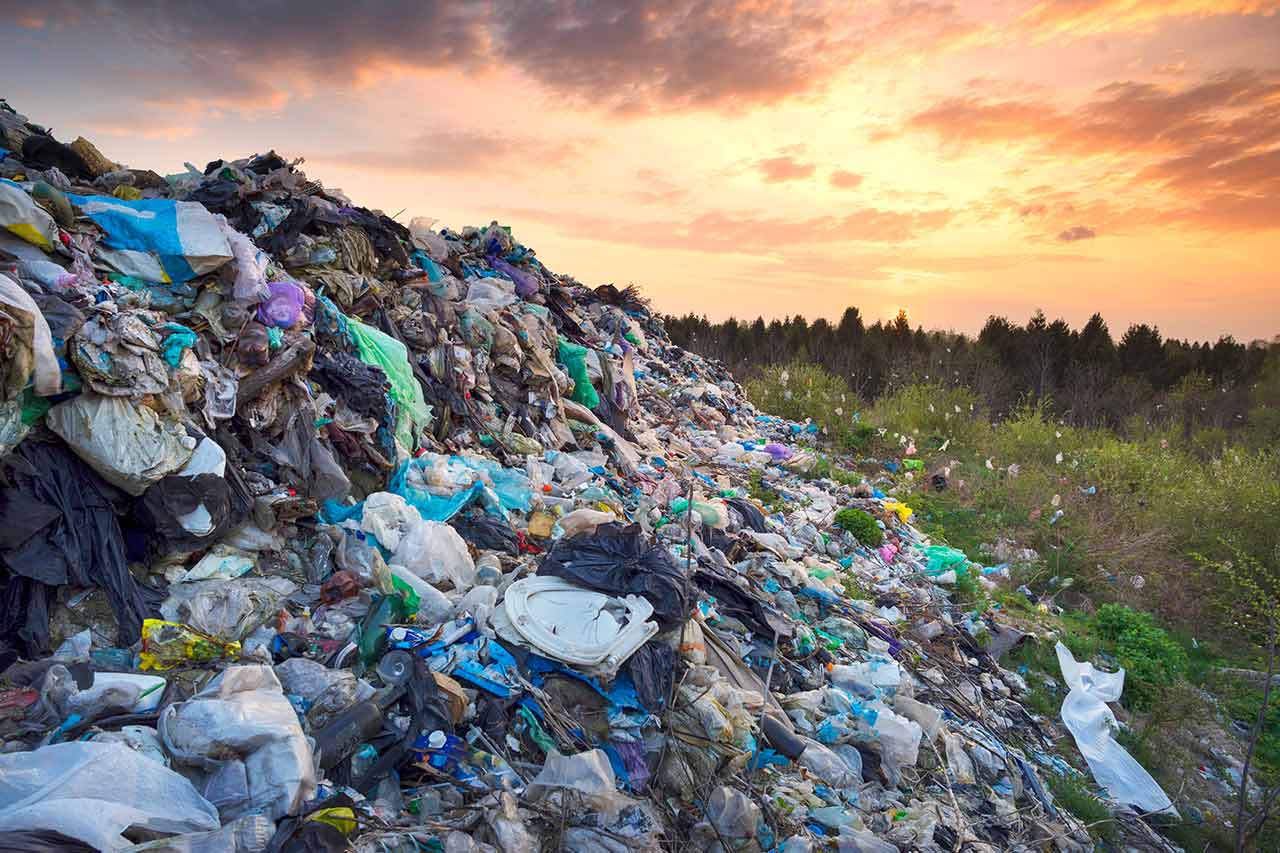Agrifood
Alcimed Position Paper – FOOD 2050
Position paper 'Food : the consumer guide in 2050' (in French). At Alcimed, we have identified the major and emerging trends that are shaping our way of consuming and imagined how they will impact ...

Providing nutritious, safe, and affordable food sustainably is one of the greatest challenges for the world, especially in the context of Asia. According to FAO, 515 million people in APAC are estimated to remain undernourished, particularly in Central and Southern Asia with the highest rate of food insecurity1. However, over 50% of global food waste comes from Asia. The amount of food waste produced in China alone could feed 100 million people. Prevention and management of food loss and waste are very critical. UN’s Sustainable Development Goals (SDG) 12.3 aims at halving per capita global food waste at retail and consumer levels and reducing food losses along production and supply chains, including post-harvest losses. To address this goal, Alcimed explored three ways to cut down food loss and food waste, and the opportunities along the value chains in APAC.
A study in Cassava food loss shows that 70% of losses in Thailand occur during the harvest and deterioration post-harvest.
Most of the food loss in Asia occurs at the smallholder farmers level and one-third of edible food that is wasted globally comes before the farm gate. In the farm, many factors lead to damaged crops and production losses such as inadequate soil management, pest control, and inefficiency in harvesting techniques and food processing. A study in Cassava food loss shows that 70% of losses in Thailand occur during the harvest and deterioration post-harvest. Hence, it is essential to enhance awareness and technique to reduce food waste for smallholder farmers.
This can be performed through education, training, and encouraging the use of technology in their farms. For instance, CropLife International, which is a consortium of agricultural companies, has formed 300 public-private partnership and trained more than 3 million smallholder farmers on pest control and reduction of food loss during and after harvest. Furthermore, an agritech startup Tun Yat in Myanmar enables smallholder farmers to rent affordable and high-quality farming machines through a mobile application to improve crop yield and reduce food loss.
Only 10% of perishable food in India have cold storage systems. This leads to the loss of 20 to 30% of fruits and vegetables.
The lack of cold storage and transportation systems is one of the major causes of food loss. For instance, only 10% of perishable food in India have cold storage systems. This leads to the loss of 20 to 30% of fruits and vegetables because of the lack of refrigerated trucks and storage. A study from Maersk Line shows that improving the cold chain in India for bananas would lift exports from 3,000 containers to 190,000 containers annually.
As a result, countries are investing in the implementation of cold supply chains, like the national cold supply rail development for food logistics in India, Indonesia and Thailand. On the business side, several services based on the Internet of Things (IoT) are developed by logistics companies and startups to improve food logistics. Maersk Line has developed a remote container management software, which allows their clients to monitor refrigerated containers in real time as they move. Furthermore, a research team from National University of Singapore (NUS), has developed fluorescent probes technology to detect ethylene gas for fruit along the supply chain including post-harvesting, transportation, and storage. Ethylene gas released from fruit is an indicator to identify the ripeness of fruits. This could help fruit suppliers and distributors to take early action to remove rotten fruits and avoid the potential loss of the entire stock of food.
Many Asian Governments have been concerned about food loss and food waste problems and are taking action through recycling and repurposing programs. The Singapore National Environment Agency provides a $1.76 million food waste fund that covers the capital cost of food waste treatment solutions. The fund helps companies to purchase food recycling equipment that can convert food waste into animal feed. The Singapore government also has a pilot project to test the feasibility of using on-site systems for food recycling at 7 hawker centers. Besides, Fu-Tung Market, one of the busiest districts in Hong Kong, launched a food waste recycling pilot scheme in September 2022. The initiative aims to foster a food waste separation and recycling culture among tenants. Those who implement the recycling scheme will receive shopping coupons as a reward for their green efforts. These recycling initiatives set great examples for other APAC country governments and organizations to promote food recycling.
In addition, valorizing food waste and creating value for other applications is another trend in food waste management. For example, in September 2022, scientists from Nanyang Technology University (NTU) revealed a technology that can utilize food waste to treat e-waste. Specifically, discarded orange peels could be collected and made into an acidic medium to extract critical battery elements from lithium-ion battery waste, including lithium, cobalt, nickel, and manganese3.
Decreasing food loss & food waste requires innovative approaches along the value chain to reach 2030 SGDs goal. Upstream, improving the efficiency of production, processing, logistics & valorizing by-products & food waste is key. On the downstream side, many different angles can be tackled: improving shelf life, repurposing & recycling excess food consumption, and donating food. These changes can’t be possible without the coordination of different stakeholders like corporates, governments, and NGOs to set up regulations, push initiatives & innovation. Within the Alcimed team, we are ready to help you explore innovative solutions to food waste management and valorization. Don’t hesitate to contact our team!
A propos des auteurs
Bettina, Business Director and Thoriq, Senior Consultant in Alcimed’s Life Sciences team in Asia-Pacific
Do you have an exploration project?
Our explorers are ready to discuss it with you